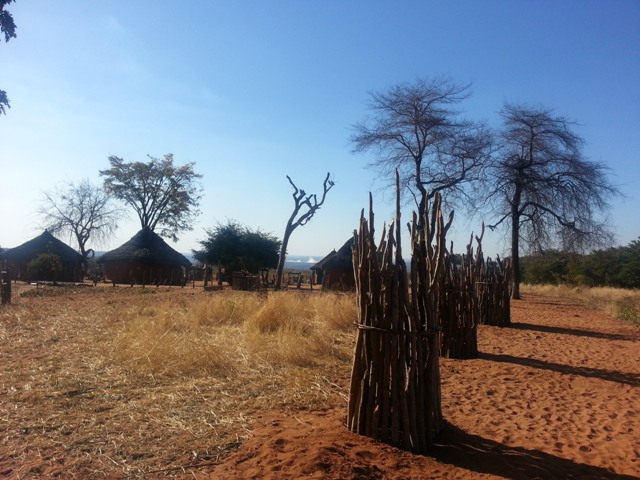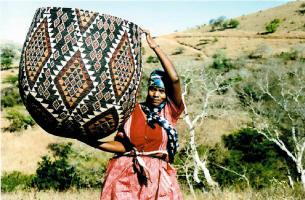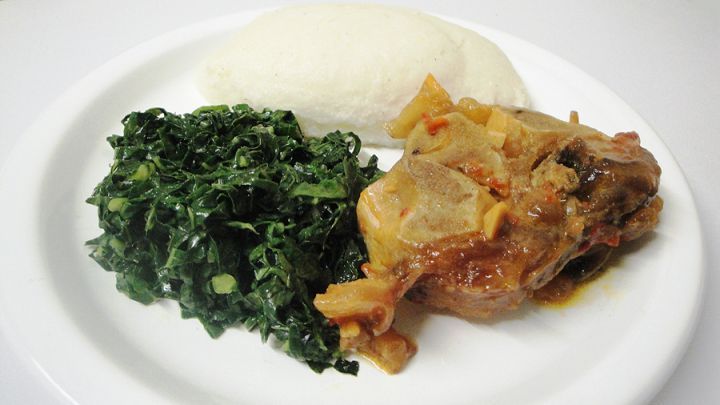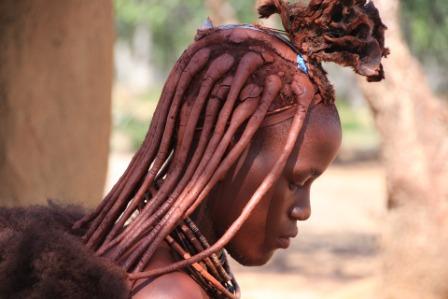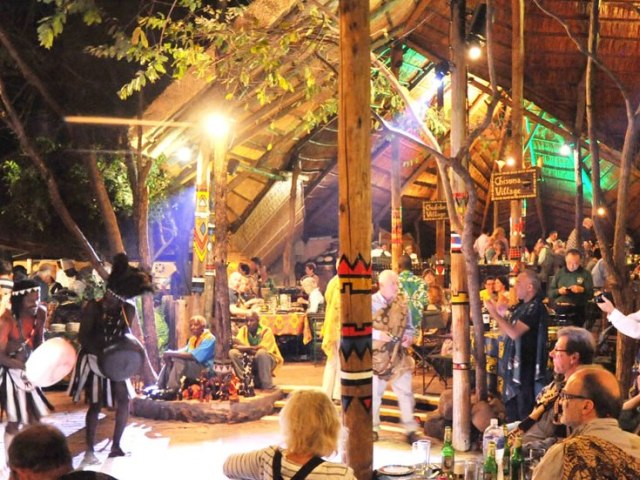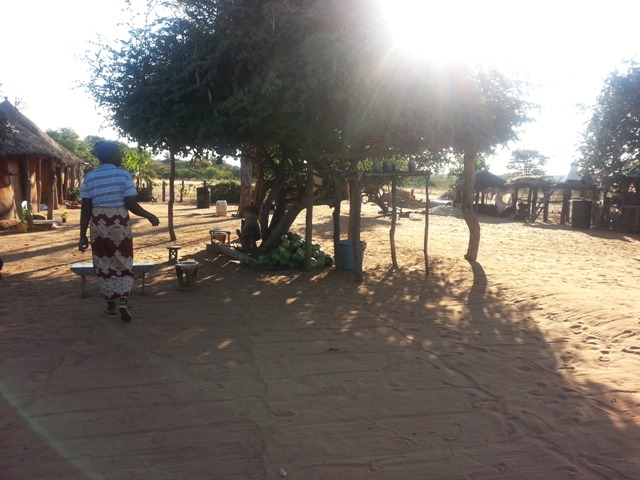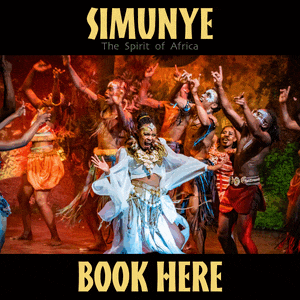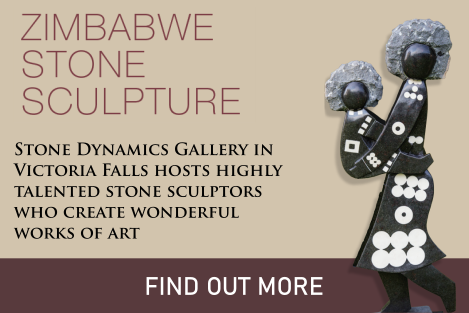African CultureThis rich and diverse culture varies from country to country...
In African culture, the “self” is not separate from the world, it is united and intermingled with the natural and social environment. It is through relations with one’s community and surroundings that an individual becomes a person of volition, whose actions and decisions affect the entire group rather than just oneself. There is a Xhosa proverb that is common to all African cultures and languages, “Umuntu ngumuntu ngabantu,” (“A person is a person through persons”). The rich and diverse African culture varies not only from one country to another, but within each country as well. The culture of each ethnic group centres on family and can be found in each group’s art, music and oral literature. Throughout Africa, the people speak a variety of languages, practice numerous religions and reside in various types of dwellings. The vast majority of people living in Africa are indigenous; however, people from all over the world have migrated to Africa for hundreds of years. Arabs began crossing into North Africa from the Middle East in the 7th century, A.D., bringing with them the religion of Islam. Europeans began settling in the southern portion of the continent in the mid-17th century, as did South Asians, who settled in the areas of Uganda, Kenya, Tanzania and South Africa. Over the centuries, African culture has meshed with cultures from around the world, although much of traditional African customs have remained throughout.
Ethnic groups and African tribes have customs that are unique to their culture. The customs and traditions of each group have been woven into a tapestry as colourful and diverse as the people of Africa themselves. African ArtAfrican arts and craft include sculpture, weaving, beading, painting, pottery, jewellery, headgear and dress. Art from particular regions have distinct characteristics depending on beliefs, values and customs, but common themes found in art include women, couples, children, animals, man with a weapon, or a combination of these. Masks are usually a representation of religious and spiritual beliefs. They are used for traditional ceremonies to honour deities or ancestors.
ClothingThe type of clothing worn across Africa varies from north to south, and by religious beliefs and traditional customs. Some cultures wear colourful attire, while others wear less colour but include shiny threads in their dressing with minimal jewellery. African FoodThe environment plays a huge part in what kinds of foods are consumed in different parts of the African continent. Most cuisines include fruit, grain, vegetables, milk and meat products. Quite a number of cultural groups have very similar foods in their cuisines. For example, a very common maize/corn-based dish is pap, also named ugali, sadza, nsima, nchima, chima, poshto, tuozafi, ubgali, bugali, sokoro, sokora, depending on which part of the continent you are eating it.
Music of AfricaAfrican music is as diverse as the people, and has also been influenced by music from the western world. Traditional music in southern Africa usually involves drums and singing, and such instruments as the thumb piano accompanied by rattles made from some dried fruit or vegetable with seeds inside. Below are Zimbabwean musicians playing the mbira (left) and the hosho (right) Some Interesting African Cultures
• Men from the Latuka tribe in Sudan still practice the tradition of kidnapping a woman that they want to marry. After a Latuka man has taken his bride-to-be, he goes back to the father of the woman to ask for his blessing. • To protect their skin from the sun, the Himba people of northern Namibia cover themselves with a mixture of red soil and milk fat, and so they appear to have reddish skin. The otjize mixture is considered to be a beauty cosmetic. They also use wood ash for cleansing the hair because water is scarce. • The Algerian men of the Ahaggaren Tuareg group wear a veil almost all the time, occasionally taking them off when in a family group or while they travel. Cultural Activities in Victoria Falls
|
|
||||||
|
|
|||||||
|
|
|||||||
|
| |||||||
